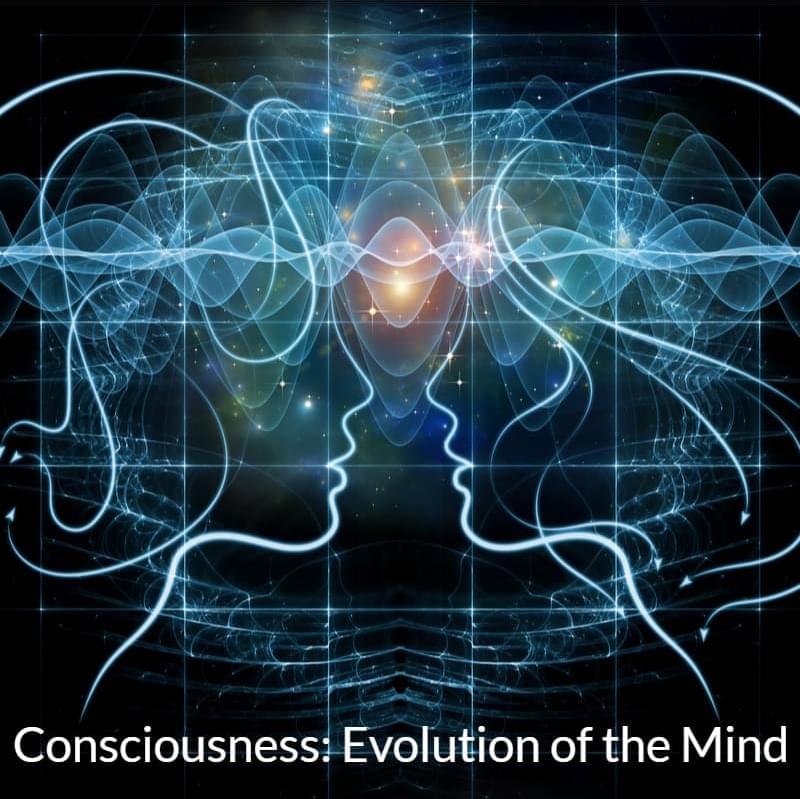Study participants felt time distortion, fewer negative thoughts and greater detachment from feelings with a noninvasive ultrasound intervention.
By Lucy Tu

Study participants felt time distortion, fewer negative thoughts and greater detachment from feelings with a noninvasive ultrasound intervention.
By Lucy Tu
Enjoy the videos and music you love, upload original content, and share it all with friends, family, and the world on YouTube.

Unlike a single atom or molecule, an individual lifeform—while part of a species—exists as a distinct “digital” entity. where entangled micro-states are measured at the atomic and molecular levels. Throughout its lifespan, it operates within its own dimensional framework, unfolding dynamic patterns guided by choice and directed toward its ongoing self-preservation. This unique capacity for self-direction and decision-making sets living beings apart from inanimate matter.

The Standard Model of particle physics is currently our best understanding of how the universe works – but it only describes about five percent of everything in it. The rest is made up of what we call dark matter and dark energy, which are so far only known through their gravitational interactions with regular matter. Now, an astrophysicist from Oxford has put forward a new theory that suggests that dark matter and dark energy are actually part of the same phenomenon: a “dark fluid” with negative mass that fills the universe.
In a way, dark matter and dark energy are both placeholder concepts, plugging holes between the Standard Model and what we actually observe. For instance, the observed movement and distribution of galaxies doesn’t make sense if their mass is limited to the stuff we can see. Since the 1930s, this hidden extra mass has been dubbed dark matter.
Dark energy is a more recent concept. The observation that the expansion of the universe seems to be accelerating was only made in 1998, when it was discovered that more distant objects are moving away from us faster than those closer by. The mysterious force that drives this, which we still know very little about, is now referred to as dark energy.


Enjoy the videos and music you love, upload original content, and share it all with friends, family, and the world on YouTube.


We’ve reached a new milestone in the uncanny valley, folks: AIs are now Rickrolling humans.
In a now-viral post on X-formerly-Twitter, Flo Crivello, the CEO of the AI assistant firm Lindy, explained how this bizarre memetic situation featuring Rick Astley’s 1987 hit “Never Gonna Give You Up” came to pass.
Known as “Lindys,” the company’s AI assistants are intended to help customers with various tasks. Part of a Lindy’s job is to teach clients how to use the platform, and it was during this task that the AI helper provided a link to a video tutorial that wasn’t supposed to exist.

Physicists Successfully Demonstrate Quantum Energy Teleportation in Lab Experiments
TL;DR
Bob finds himself in need of energy — he wants to charge that fanciful quantum battery — but all he has access to is empty space. Fortunately, his friend Alice has a fully equipped physics lab in a far-off location. Alice measures the field in her lab, injecting energy into it there and learning about its fluctuations. This experiment bumps the overall field out of the ground state, but as far as Bob can tell, his vacuum remains in the minimum-energy state, randomly fluctuating. But then Alice texts Bob her findings about the vacuum around her location, essentially telling Bob when to plug in his battery. After Bob reads her message, he can use the newfound knowledge to prepare an experiment that extracts energy from the vacuum — up to the amount injected by Alice.